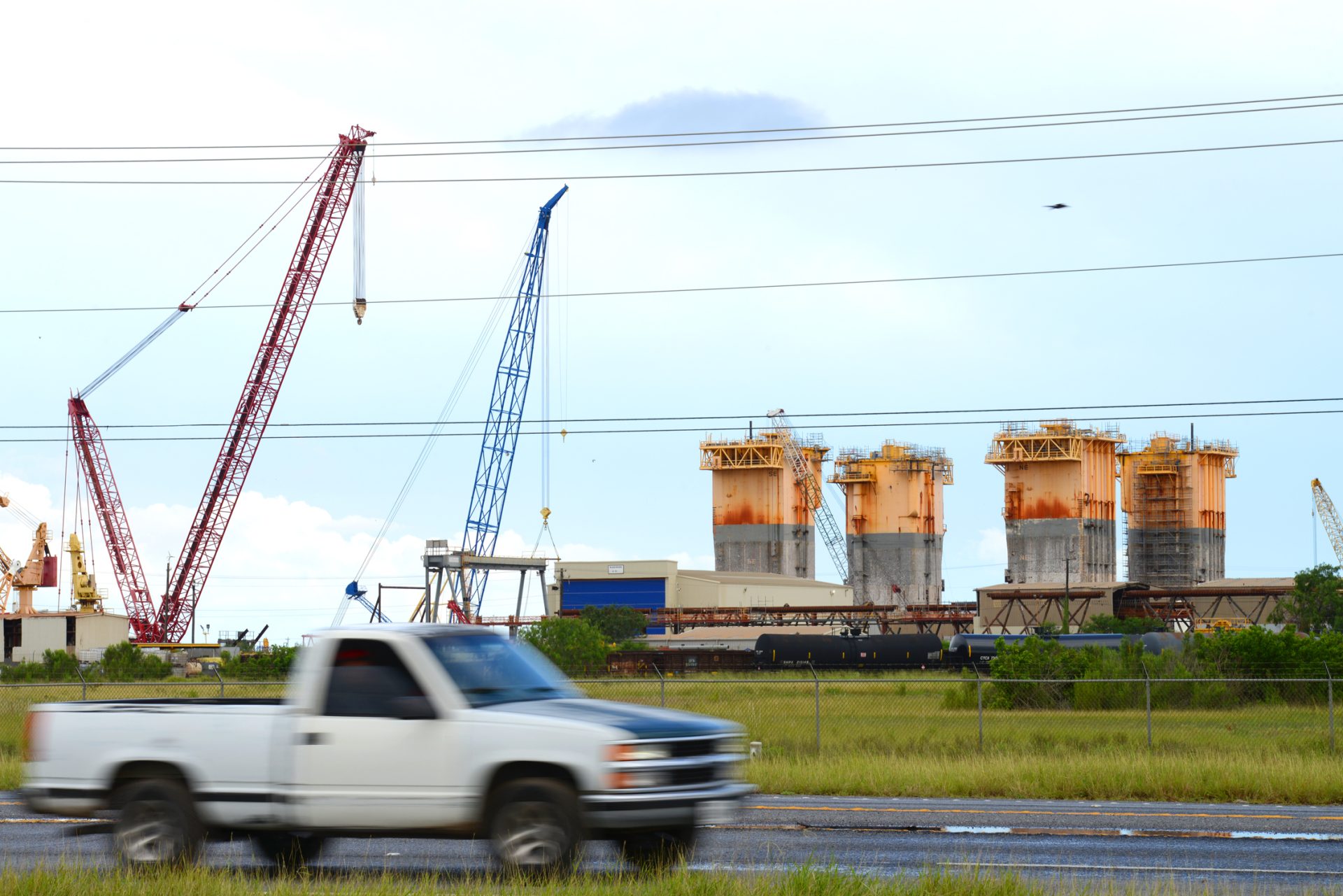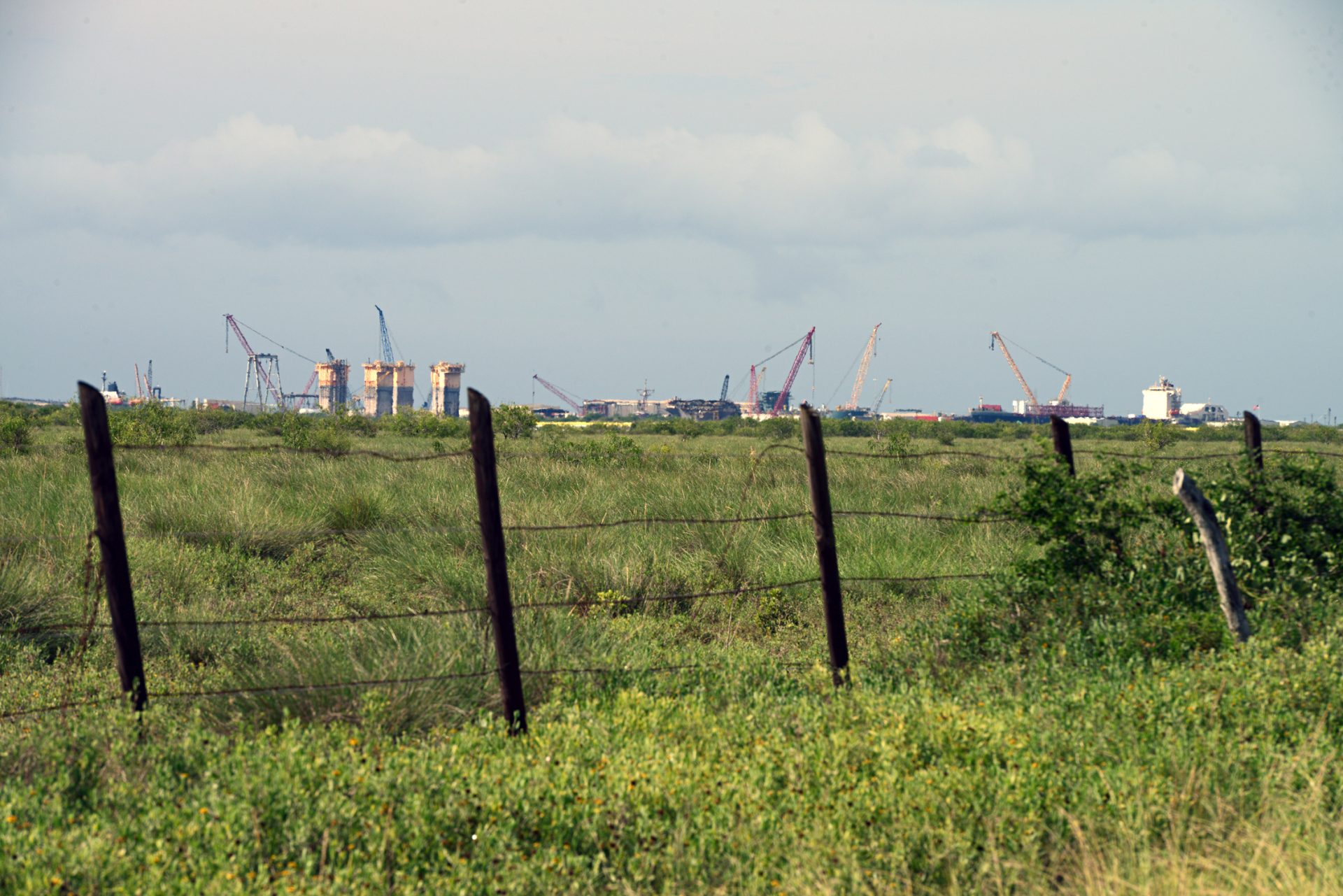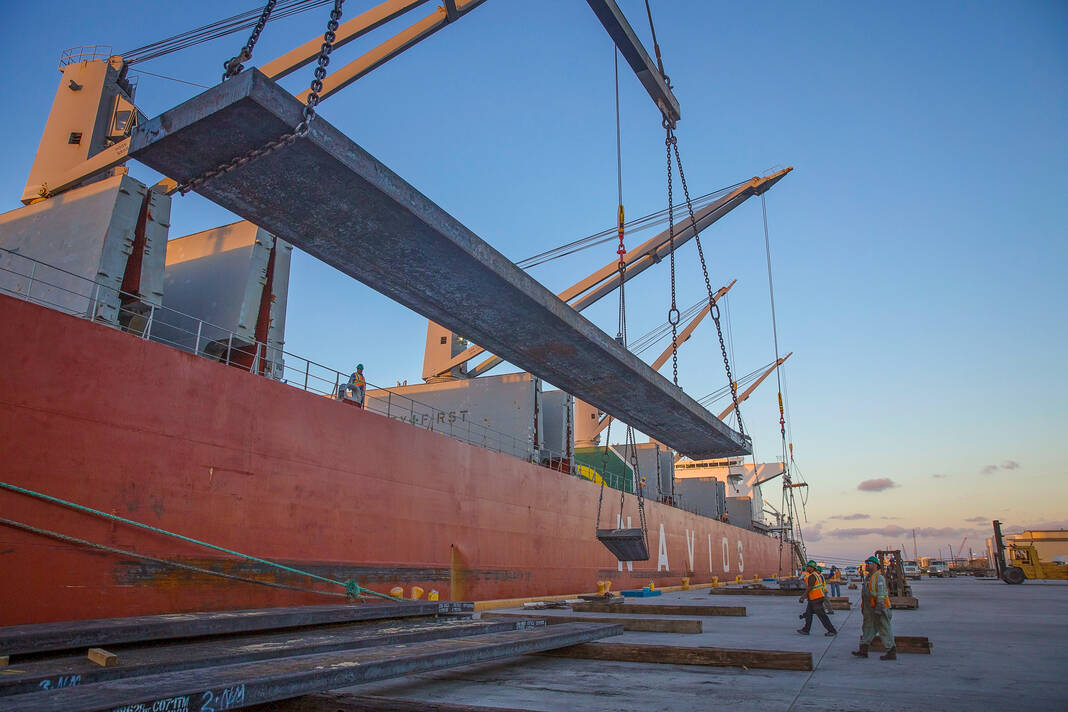|
Only have a minute? Listen instead
Getting your Trinity Audio player ready...
|

The Port of Brownsville handled substantially more waterborne cargo in 2021 compared to 2020, according to the U.S. Army Corps of Engineers’ most recent report ranking the nation’s top 150 maritime ports.
In terms of the movement of waterborne cargo, the port moved from 66th place in 2020 to 55th nationwide, according to the report, which noted that the port moved 8.9 million tons of cargo via its waterways in 2021 compared to 6.7 million tons in 2020, a 30% increase.
USACE reported that the port accommodated 1,854 vessel calls in 2021, nearly 11% more than the total of 1,671 for 2020. The report is titled “U.S. Coastal and Inland Navigation System: 2021 Transportation Facts & Information.”
Steel, wind energy components and liquid bulk commodities are among the most important sources of business for the port, situated as it is at the crossroads of major shipping lanes connecting the United States and Mexico. The port trans-ships more steel into Mexico than any other U.S. port and is the only deepwater seaport located directly on the U.S.-Mexico border.

Steel slab continues to be the port’s top commodity in terms of cargo volume, accounting for most of the 15.2 million tons of cargo the port handled in 2022, surpassing its previous record of 13.8 million tons in 2021.
“The Port of Brownsville has arrived, and we’ve been here for a while,” said Port Director and CEO Eduardo Campirano. “We’re starting to see the incremental impact that continued growth has had in the region, our community, and the whole state of Texas. We are proud of this accomplishment, and thankful to our business partners that have helped us reach these metrics.”
Forza Steel, based in Nuevo Leon, Mexico, is building a $60 million manufacturing facility at the port, along State Hwy. 48 near the Keppel AmFELS yard. Forza, which specializes in the manufacture of carbon steel, plans to install equipment this summer to commence rolling-mill operations at the site.
The Port of Harlingen was among the 150 U.S. ports and 12 Texas ports covered by the USACE report, and was ranked 106th.

According to the report, Harlingen’s port moved more than 2.5 million tons of marine cargo along its docks and channel in 2020, a 48% increase over the previous year. Over the last five years, waterborne tonnage has increased by 195 percent and barge traffic has grown by 95 percent, while overall tonnage increased 113 percent from 2020 to 2021, according to USACE.
The report ranked Texas first in waterborne cargo traffic by state, with more than 600 million tons of cargo moved.




